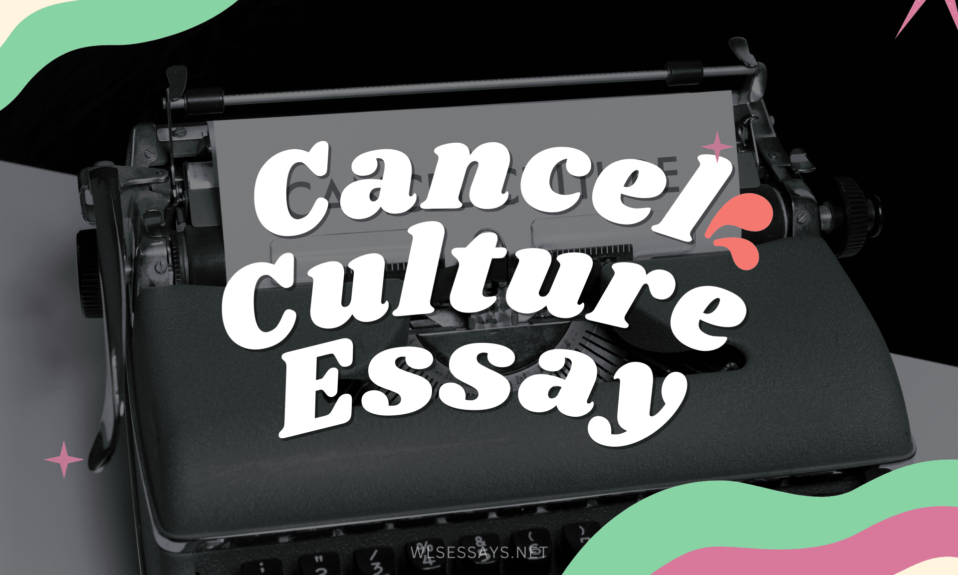Thesis Statement
The choices made in the cinematic adaptation of The Handmaid’s Tale specifically the 2016 Hulu series make sense within the adaptation’s historical, social, cultural, and generic contexts of the 1980 to 1989, and social anxieties and feminism, and science fiction genre as well as the influence of commercial factors such as marketing and distribution on the artistic process.
Cinematic Adaptation of the 2017 Handmaid’s Tale within its Historical Context
Emergence of populism and nationalist tensions
Environmental anxieties and climate change concerns
Gender rights and reproductive freedoms
Cinematic Adaptation of the 2017 Handmaid’s Tale within its Cultural Context
Feminism
Gender equality
Technological Dystopias
Populism and authoritarianism
Cinematic Adaptation of the 2017 Handmaid’s Tale within its Social Context
Gender Disparity
Technological anxieties and data privacy concerns
Political polarization
Cinematic Adaptation of the 2017 Handmaid’s Tale within its Generic Context
Genre: Dystopian Drama
Oppressive Regime
Emphasizes individual struggles
Social commentary
Influence of Commercial Factors on the Artistic Process
Platform Expectations
Market trends
Casting and marketing
Pacing and content edits
Genre bending and thematic depth
Compelling character portrayals
Haunting visuals and storytelling
Works Cited
Chaney, Jen. Hulu’s The Handmaid’s Tale Is Your Must-Watch Show This Spring. April3,
2017 Vulture. https://www.vulture.com/2017/04/the-handmaids-tale-hulu- review.html. Accessed 15 Dec. 2023.
Gerrits, Jeroen. “From Episodic Novel to Serial TV: The Handmaid’s Tale, Adaptation and Politics.” Open Philosophy 5.1 (2021): 209-230.
Valenti, Jessica. “The Handmaid’s Tale is timely. But that’s Not Why it’s so Terrifying.” The Guardian (2017).









